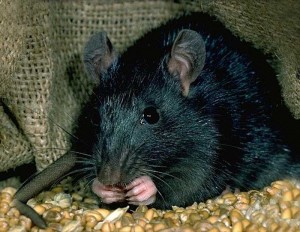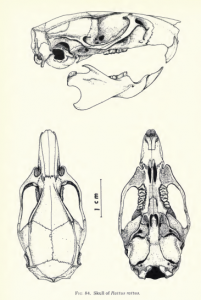
Identification
Rats are various medium-sized, long-tailed rodents of the superfamily Muroidea. “True rats” are members of the genus Rattus, the most important of which to humans are the black rat, Rattus rattus, and the brown rat, Rattus norvegicus. Many members of other rodent genera and families are also referred to as rats, and share many characteristics with true rats.
Rats are typically distinguished from mice by their size; rats are generally large muroid rodents, while mice are generally small muroid rodents. The muroid family is very large and complex, and the common terms rat and mouse are not taxonomically specific. Generally, when someone discovers a large muroid, its common name includes the term rat, while if it is small, the name includes the term mouse. Scientifically, the terms are not confined to members of the Rattus and Mus genera, for example, the pack rat and cotton mouse.

Rat Infestations
Sydney’s rats are a big problem
Large urban environments provide excellent habitats for rats to survive and thrive. Rats are active at night and generally avoid contact with people. The following tips should help residents maintain a healthy environment and reduce contact with rodents.

An IPCS associate demonstrates how to set rat traps.
How to Check for Rats on Your Property
Monitor your property to determine where rats live, travel and feed.
- Monitor your property for evidence of rats (capsule-shaped droppings, burrows, chewed food, gnaw marks on walls and surfaces).
Improve sanitation, and eliminate nesting sites.
- Store garbage in rodent-proof containers with tight-fitting lids.
- Reduce clutter to prevent hiding spots (wood piles, old tires, etc.).
- Eliminate sources of food (fallen fruit, pet food left outdoors, grass seed, etc.).
- Secure composters to prevent rodents from entering.
- Keep areas around bird feeders and bird baths cleaned.
Prevent rodents from entering your home.
- Inspect the outside of your home to identify rodent entry points (any opening larger than ½ inch in diameter).
- Use heavy gauge wire mesh to cover vents.
- Use metal sheeting to cover holes.
Use traps to reduce an existing rat population.
- Snap traps are preferable to poisonous bait, as they are non toxic and prevent exposure of children and pets to potentially harmful bait.
- Baited traps (peanut butter, chocolate, hot dog, etc.) should be placed in areas with rat activity, but do not set the trap until the bait has been taken at least once (pre-baiting).
- Use care when handling a set rat trap. Hold the trap by the edges away from the trigger.
- Place traps along walls in areas where rats are active. Place the trigger side against the wall.
- Keep children and pets away from traps.
- Use gloves when disposing of dead rats.
If you have an infestation, hire a professional to set out bait and follow these precautions:
- Ensure the bait station is enclosed to provide a shelter area for the rats to feed.
- Ensure children and pets do not have access to bait stations.
- Lock and secure the bait stations to prevent access to the bait.
- Use blocks of bait (anticoagulant) and secure the bait with wire.
- Be aware that bait can lead to secondary poisoning (for example, cats may become ill after eating rodents poisoned by bait).
Continue to monitor the effectiveness of your control measures.
- Clean up droppings as soon as they are observed, so that any new activity is apparent.
- Maintain sanitation and rodent proofing as preventive strategies.
